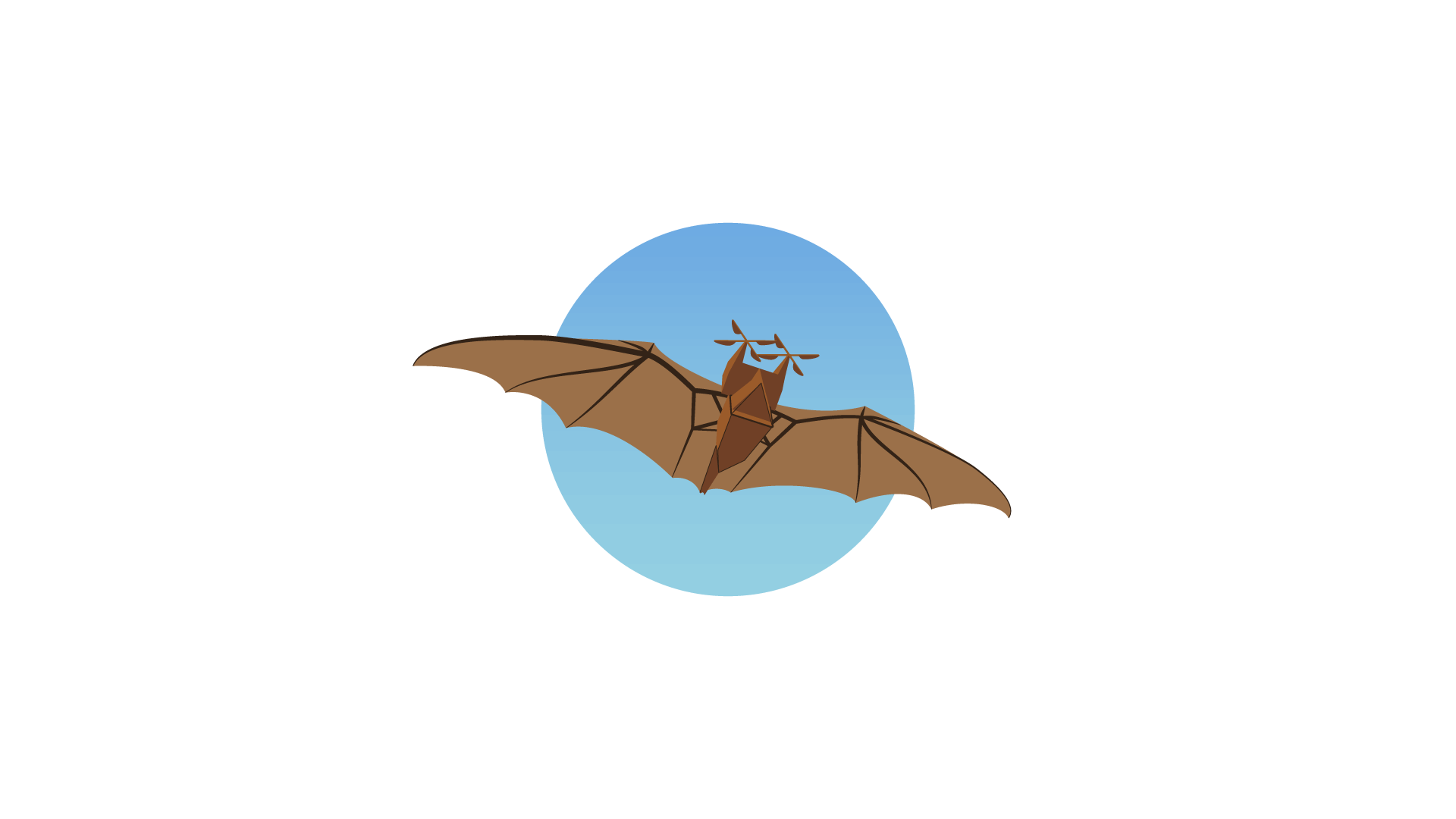Bat
FLEXIBLE, EFFICIENT FLIGHT


Bats have no feathers. Their wings consist of a thin, flexible skin membrane stretched over the animal’s forelimbs. This skin contains a great many blood vessels, nerves and muscles.
The bat’s wings can turn in all directions, allowing it to quickly and frequently change its course for high-performance flight. Although it may seem disorganized, this tiny mammal’s flight is highly efficient and uses very little energy.
In the 1890s, an engineer used the bat as inspiration to create a complex flying machine. Using a system of cranks and handles, he was able to pivot the wings, modify their curve and fold the wingtips up or down. Unfortunately, the system did not work.
Bats use echolocation to pinpoint and hunt their prey. They emit very high-pitched sounds (ultrasounds), which echo off objects giving them information on the direction, distance and size of their surroundings. Sonars used in shipping are inspired by the same principle and used to detect objects located underwater.
For more information on the animal:
Bat Watch
For more information on the technology:
The Air Craft of Clément Ader
